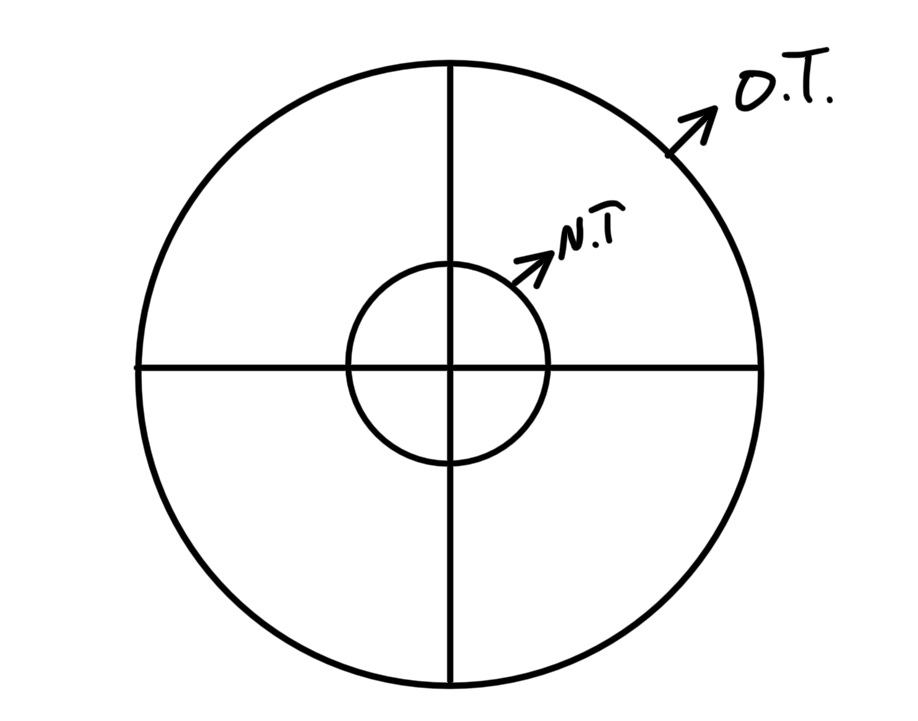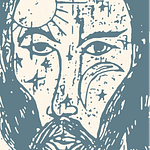1 Corinthians 10 is the apex of Paul’s long and complex argument for why certain members of the Corinthian congregation should not eat meat sacrificed to idols in the pagan temples.
Unsurprisingly, at the heart of his argument about eating in temples is the Lord’s Supper. To feast at the Lord’s table is to commune with him and with your Christian neighbor. The communion between me and you and Jesus happens as we all partake of the one loaf. Because we all eat of the one loaf there is only one body. As I am drawn into communion with Jesus, he draws me into communion with you.
1 Corinthians 10 is filled with fascinating examples of how Paul reads Scripture (the Law and the Prophets). Paul reads Scripture with the conviction that it is all written down for us, on whom the ends of the ages has come. That is, the resurrection of Christ has unveiled the Law and the Prophets so that we can see what the Old Testament Scriptures have always been about.
The Exodus, Noah’s ark, manna falling from heaven, the water from the rock, all of it has always been about Jesus Christ who “died for our sins in accordance with the scriptures and was buried and was raised on the third day in accordance with the scriptures” (1 Cor. 15:3-4).
This forces us to reexamine the way we read the Old Testament. Is the truth of the Old Testament founded on its historical and scientific accuracy (as we modern people conceive of it), or is it founded on the person and work of Jesus of Nazareth who is the Truth itself?
Paul brings together the opening of the Scriptures and the breaking of the bread (communion) in 1 Corinthians. Luke, Paul’s disciple, puts these same two convictions together in Luke 24 with the story of the disciples on the road to Emmaus. Their hearts burned within them as the resurrected Christ opened the Scriptures to show that they have always been about him. But the disciples still did not recognize him. It wasn’t until he took the bread, broke it, gave thanks and gave it to them that their eyes were opened.
Scripture and communion are tied together at the deepest level: the person of Jesus of Nazareth.
In communing together at the Lord’s table we are taught to see Jesus in Scripture and in the faces of our neighbors. Why else would Jesus disappear from the disciples sight when they finally recognized him in Luke 24? They had eaten of the one loaf and so they were now his body. To see Jesus rightly is to see you rightly.
Diagram: This diagram is from Fr. John Behr on the relationship between the Old and New Testament. The cross has always been the center—the true meaning—of the Old Testament. The New Testament does not “add” anything “new” to the Law and the Prophets. Rather it provides a clarifying “image.” It focuses our attention on the cross.
Maximus the Confessor (6th century) explains the relationship between the Old and New Testament by using the language of Hebrews 10:1: “For ‘shadow’ refers to the things of the Old Testament, ‘image’ to things of the New Testament, and ‘truth/reality’ to the future state.”
St. Augustine (4th century) writes: “For only in Christ is there removed not the reading of the Old Testament, which keeps hidden the strength of grace, but the veil by which it is hidden.”















Share this post